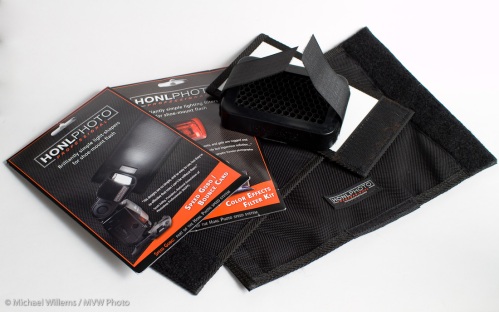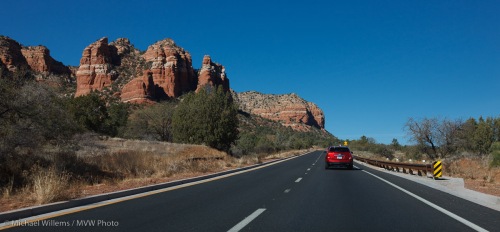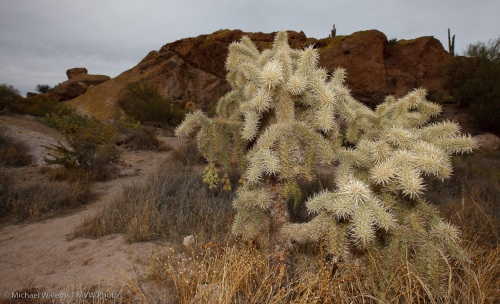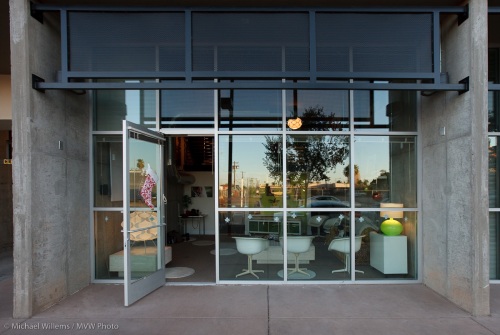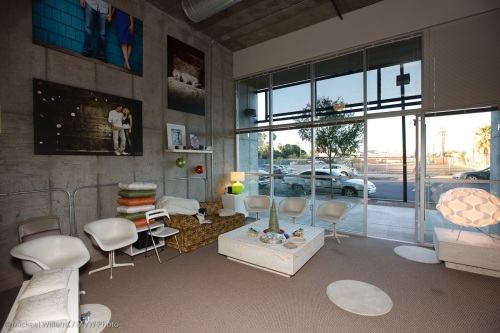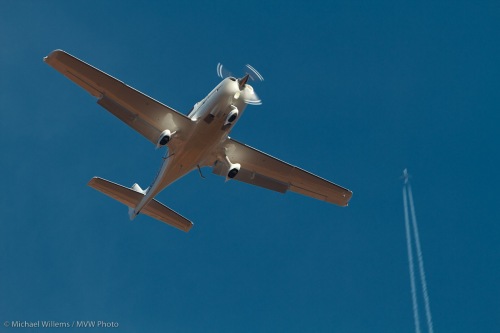OK, that is, for once, I will ask a question.
I shoot with flash – I even teach the subject. My setups are often like this one I used a few hours ago today:

Tht was to shoot an exec portrait.
In a setup like that (three speedlites, one with a gel) E-TTL (or Nikon’s i-TTL) does not work well. No reflecting surfaces in that big hall, and no line of sight, what will all those umbrellas. So, I use Pocketwizards and manual metering. Fine – no problem.
In this setup I have two needs:
- I need to connect the pocketwizards to 430EX flashes that have no x-synch input. So I need to find a way to connect them so the PW can trigger the flash.
- I need to mount all this without dangling things. I note that both the flashes as well as the Pocketwizards have threaded holes for mounting stuff. How do I use those?
So who sells the cables I need, and hwo has mounting hardware that uses those thraeded mount holes? Especially in Canada and of course “now”, not “next year”? My local camera store did not know.
Answers are therefore very welcome, and not just by me, I bet.
Oh and the portraits, for a magazine, were of this type:





